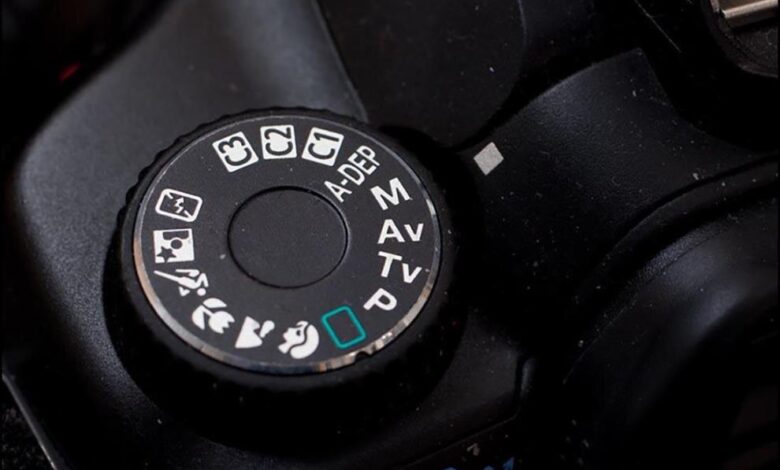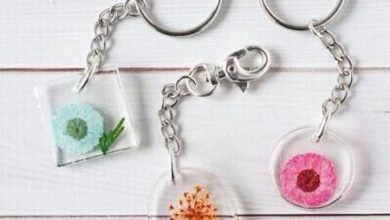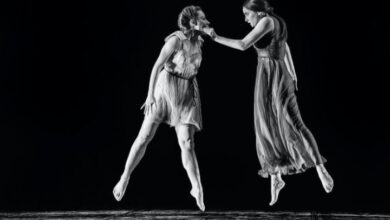Urban Lights: Nighttime DSLR Techniques for Cityscapes

**
Urban Lights: Nighttime DSLR Techniques for Cityscapes**
**
Introduction**
Capturing the vibrant lights of a cityscape at night can result in stunning photographs. However, mastering nighttime DSLR techniques for cityscapes can be a challenge. In this blog post, we’ll take a closer look at the key aspects to keep in mind when shooting urban lights at night.
**
Understanding Exposure for Nighttime Cityscapes**
Nighttime cityscapes offer a range of lighting conditions, from bright neon signs to dimly lit streets. Understanding exposure is crucial for capturing the essence of a cityscape. Here are a few tips to help you achieve the perfect exposure:
**
Use Manual Mode**
Switch your DSLR to manual mode to have full control over your exposure settings. Adjust the aperture, shutter speed, and ISO accordingly to get the desired results. This way, you can avoid the camera’s automatic settings that might overexpose or underexpose the cityscape.
**
Experiment with Long Exposure**
Nighttime cityscapes often look breathtaking with long exposures. Start by using a tripod to avoid any camera shake. Set your DSLR to Bulb mode or a slow shutter speed (e.g., 30 seconds) to capture the trails of car lights and create beautiful light streaks.
**
Mastering White Balance**
Different light sources in a cityscape can have varying color temperatures. Understanding and adjusting white balance is important to avoid color casts. Experiment with different white balance settings such as auto, daylight, or tungsten to capture the cityscape’s true colors.
**
Working with Artificial Lights**
Artificial lights play a significant role in nighttime cityscapes. Here’s how you can make the most of them:
**
Utilize Leading Lines**
Take advantage of city lights to create compelling compositions. Use the leading lines formed by roads, buildings, or other structures to guide the viewer’s eye through your photograph.
**
Experiment with Silhouettes**
Silhouettes against urban lights can add drama and creativity to your cityscape shots. Find interesting subjects such as people, trees, or buildings and position them strategically to create captivating silhouettes against the vibrant city lights.
**
Frequently Asked Questions (FAQs)**
**Q: What equipment do I need for nighttime cityscape photography?**
A: To capture nighttime cityscapes, ensure you have a DSLR or a mirrorless camera with manual shooting capabilities, a sturdy tripod, and a wide-angle lens. These will help you achieve sharp and well-exposed photographs.
**Q: Is it necessary to shoot in RAW format for nighttime cityscape photography?**
A: Shooting in RAW format provides more flexibility during post-processing. Since nighttime cityscapes often have challenging lighting conditions, shooting in RAW allows you to adjust exposure, white balance, and recover details without losing image quality.
**Q: How can I reduce noise in nighttime cityscape photographs?**
A: To minimize noise in low-light situations, use lower ISO settings on your camera. Additionally, consider using long exposures to gather more light, which can result in a cleaner image. Noise reduction techniques during post-processing, such as using noise reduction software, can also be helpful.
**Q: How can I ensure my cityscape shots turn out sharp?**
A: To achieve sharp cityscape shots, always use a sturdy tripod to eliminate camera shake. Turn on your camera’s image stabilization if available. Use a remote shutter release or a self-timer to avoid any movement while pressing the shutter button.
**Conclusion**
Capturing the mesmerizing lights of a cityscape at night can be an exhilarating experience. By understanding exposure, working with artificial lights, and utilizing creative techniques, you can create impressive nighttime cityscape photographs. Remember to experiment, practice, and have fun while exploring the urban lights!




